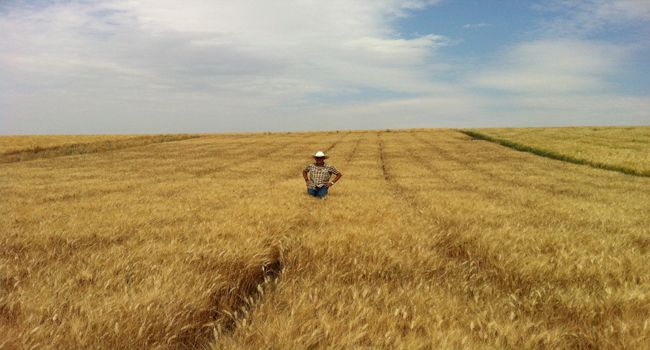The commodity rally that began in 2021 and continued through the first half of 2022 subsided in the second half of 2022 and into 2023.
Higher-than-normal inflation was one of the main drivers of the strong commodity performance, and those numbers began to cool from the highs reached in previous years.
According to Columbia Funds Series Trust II, the downward trend in inflation, combined with additional time to resolve supply chain issues left over from the initial challenges of the Covid-19 pandemic, led to a decline in commodity prices across the board.
Although the Russian invasion of Ukraine has continued, concerns about the distribution of agricultural products from Ukraine have abated.
The restriction of port activity from Ukraine took place between March and August 2022, after which Ukraine, Russia, Turkey and the United Nations signed the Black Sea Grain Initiative.
Thus, the Black Sea routes were reopened, and corn and wheat exports from Ukraine returned to seasonal average levels.
In mid-July, Russia announced its withdrawal from the Black Sea grain export agreement. This pact had enabled the steady flow of food from Ukraine to over 40 nations.
One issue that remains crucial for future commodity prices is how quickly China will continue its policy of reopening after its Covid-19 zero-lock.
Commodity
China’s blockade led to a significant cut in demand for metals and energy, as much of the country’s real estate development projects were put on hold and travel across China came to a standstill.
A successful reopening of China could boost demand across various commodity sectors. This rebound might help balance supply and demand. However, the reopening has gained little traction so far.
For the year ending May 31, 2023, most commodity subsectors reported negative returns. Energy and industrial metals showed the weakest performance.
In the energy sector, natural gas was the most affected. This decline was primarily due to lower heating demand caused by a mild winter.
Industrial metals also faced challenges. Production bottlenecks in China disrupted operations in the real estate sector. As a result, demand for many industrial metals declined significantly.
In general, agriculture recorded negative returns, but within the sector some commodities such as sugar, cocoa and coffee obtained a negative performance.
Precious metals posted positive returns during the period, led by the strong performance of gold, which accounts for a large percentage of the benchmark’s precious metals exposure.
Finally, livestock was another sub-sector with positive results overall, led by the performance of live cattle, although lean hogs lagged.

